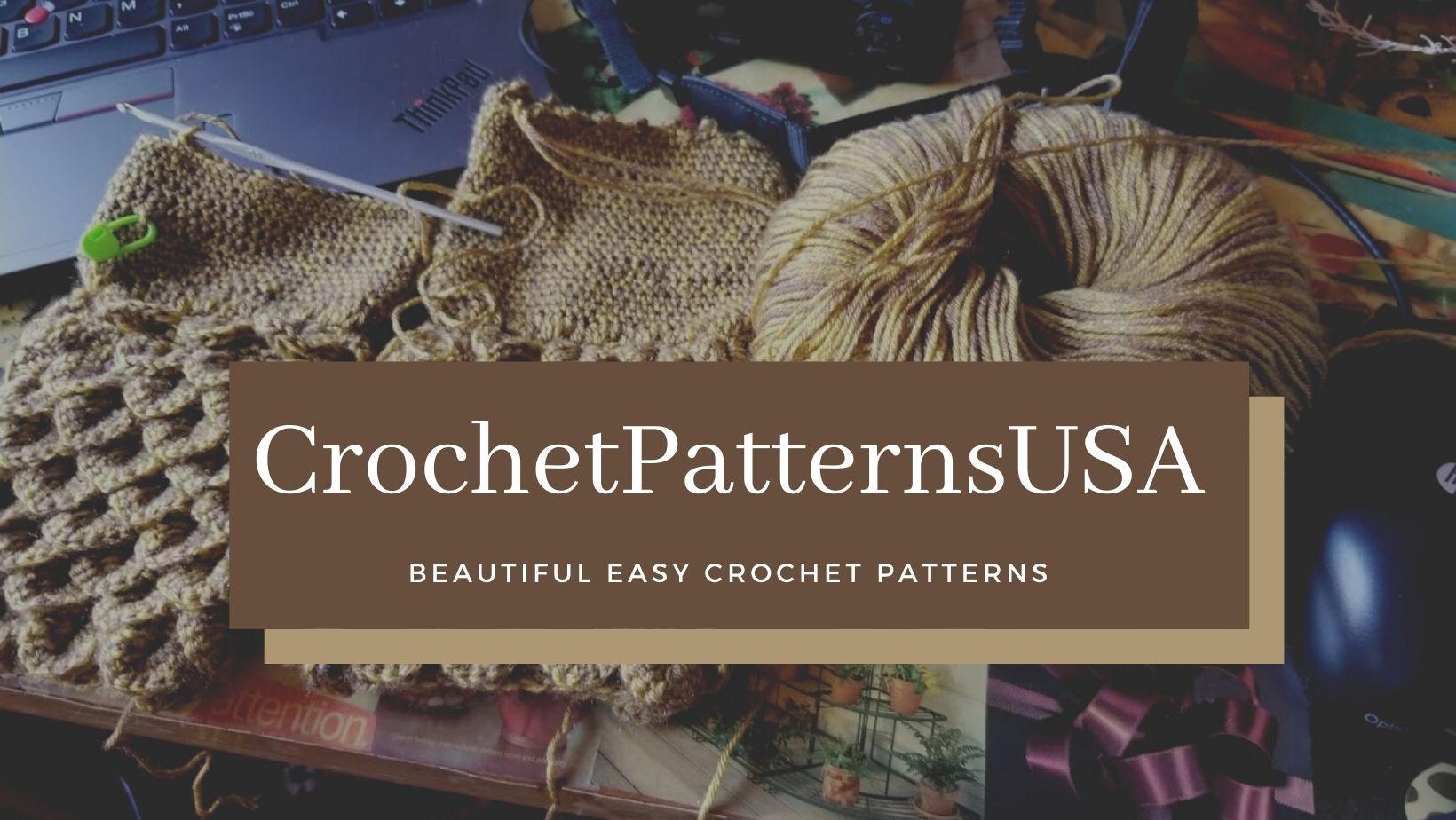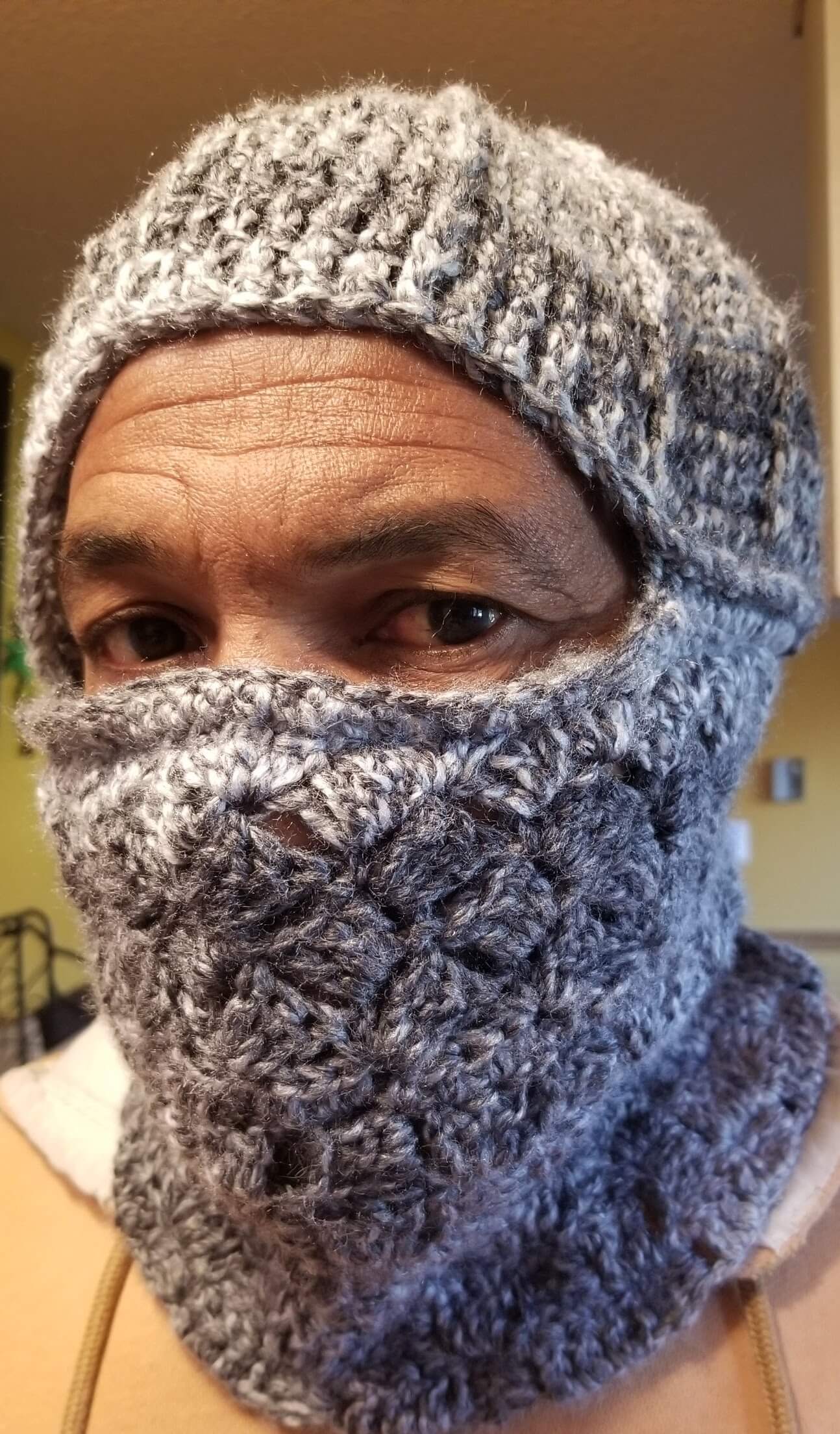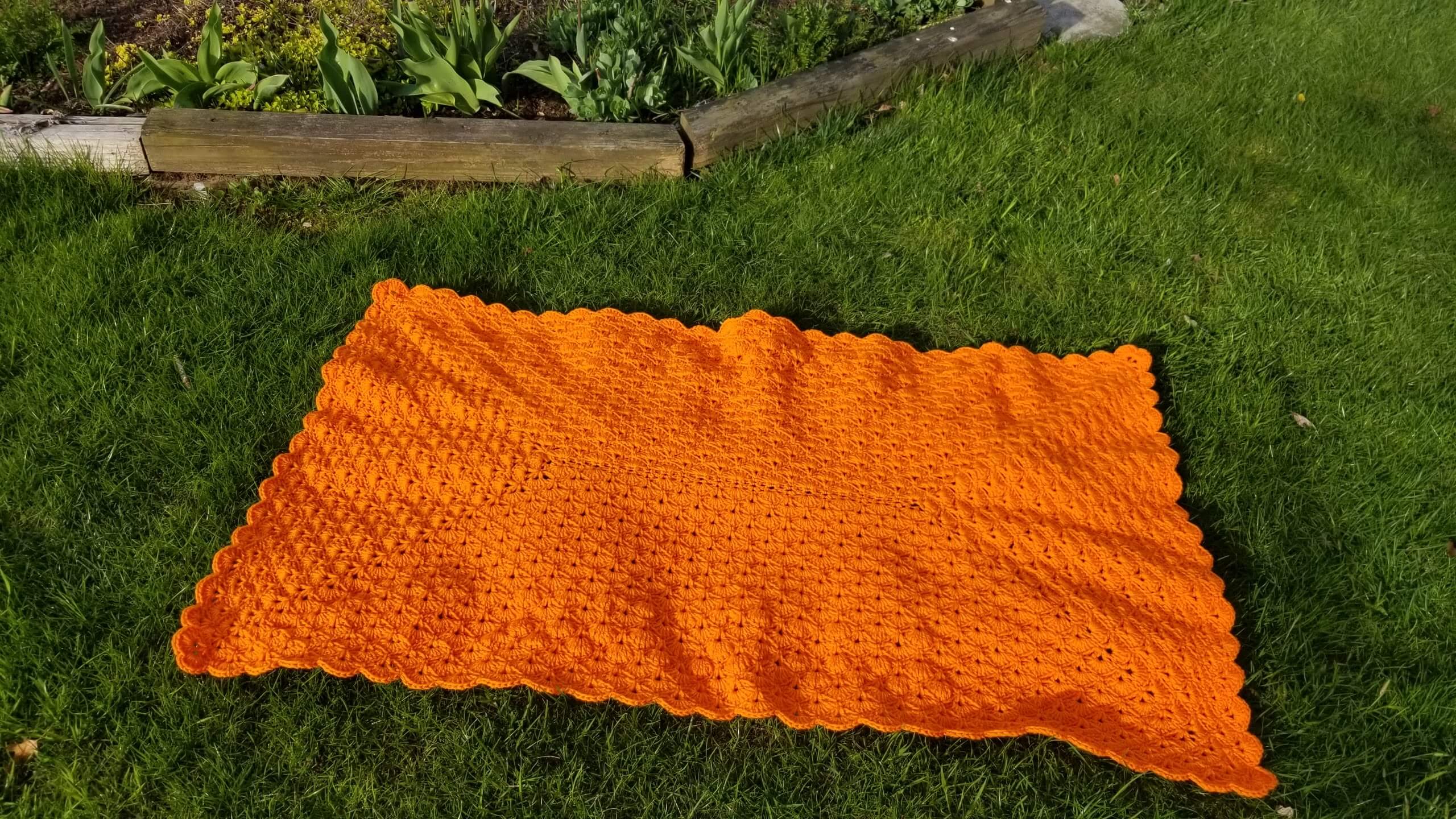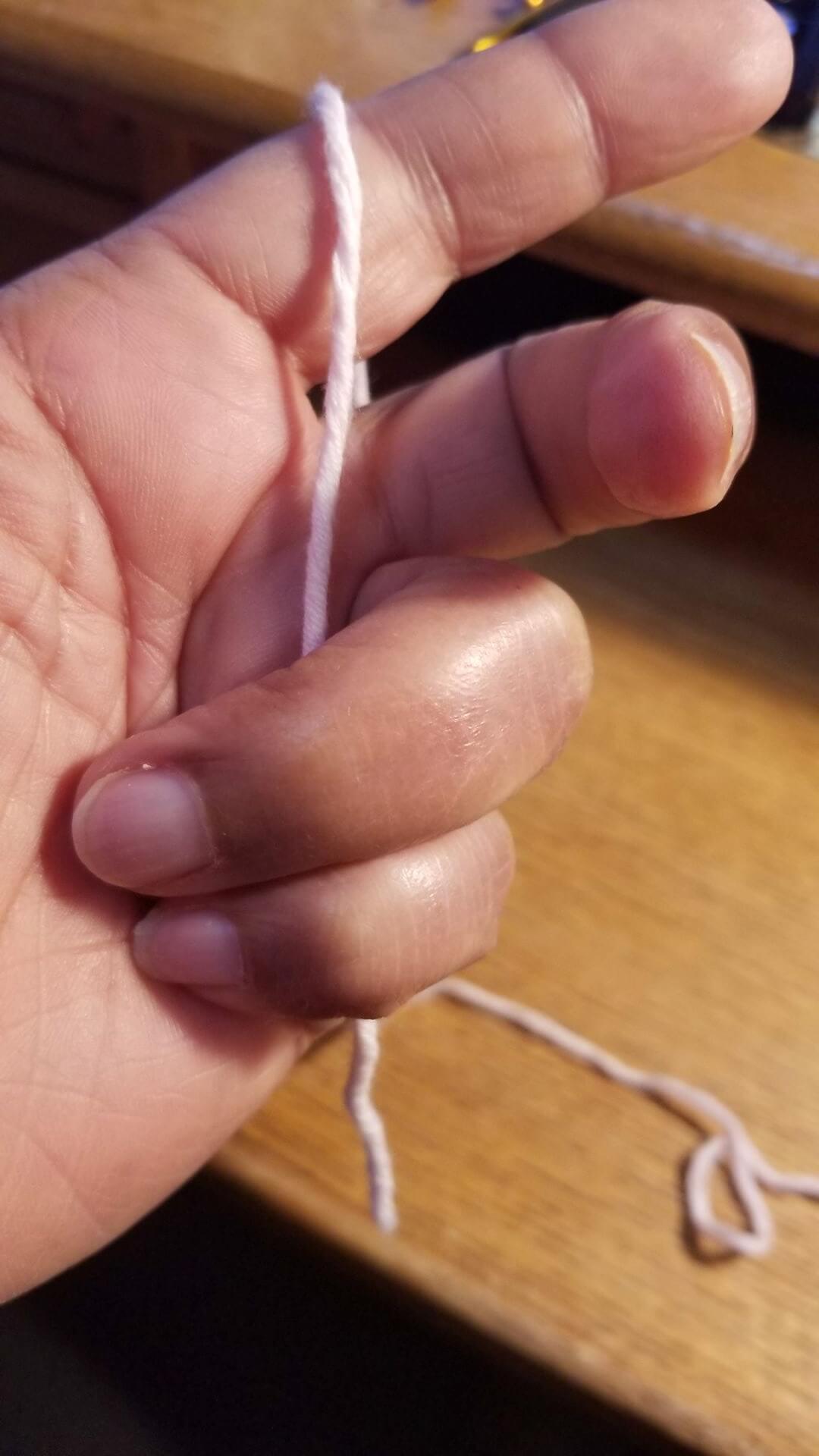- Home
- Beginner
Crochet for Beginners
If you are looking for crochet for beginners, this is where to start.
The first thing to know and remember is that crocheting is creating fabric one stitch at a time. It’s a relaxing adventure, so put it down and do some deep breathing anytime your crochet is causing tension and stress.
The more relaxed you can keep your body, the more relaxed your stitches will be.
I use crochet to calm me. Having to count stitches allows me to focus solely on my fabric, and all the cares of the world move to the background. I hope you will find this place of calm on your crochet journey.
Tools used in crocheting
Crocheting requires a few tools. At the very least, yarn and the appropriate hook. The other things are nice and helpful, but if you don’t have them right away, you can get them later.
These are the tools needed for crocheting.
Crochet for Beginners Yarn
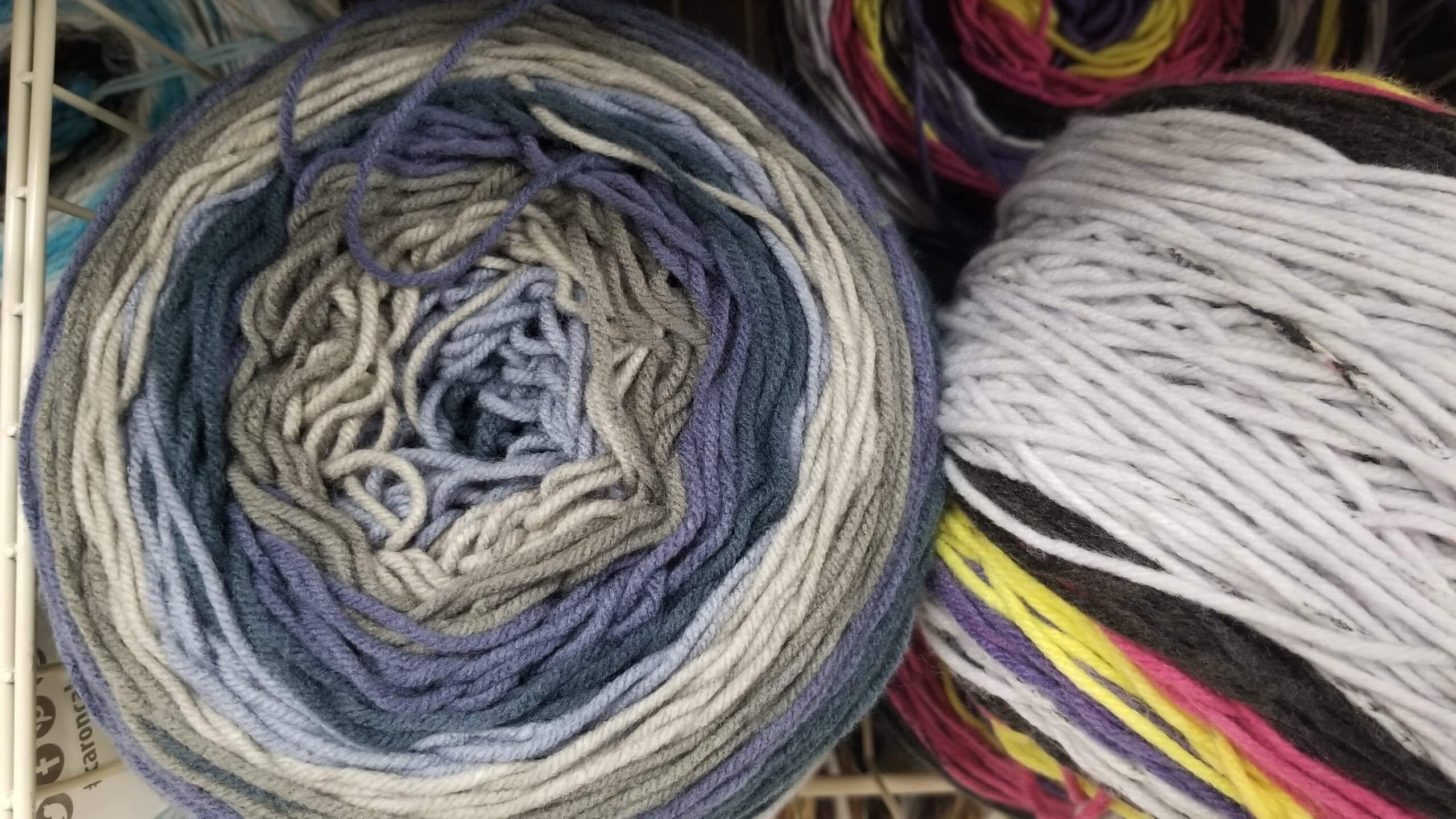 Beginner Crochet Yarn
Beginner Crochet YarnDon’t spend money on expensive yarn in the beginning. Use yarn that you can rip out and crochet over again and again. Some yarns are not easy to rip out; they will knot up.
Beginners have an easier time with smooth yarn than yarn with ridges or yarn that splits easily when you try to hook it.
Chunky yarn can be difficult to manage, so it’s best to find a lightweight (#3) or medium (#4) yarn. Baby yarn is often 3 but watch out; some can be full of ridges.
Some of the best yarns for crochet for beginners are:
Lion Brand Mandela (not the roving, thick, or yarn with sequins)
Lion Brand Red Heart Supersaver
Loops and Thread Impeccable
One more thing about yarn
 Crochet Yarn
Crochet YarnMost skeins come with two accessible ends—one from the center and the outside.
Try to find the center end. If you use the outside end, you will need to constantly handle the yarn to get more working yarn. Pulling from the center allows you to get more yarn by simply pulling on the yarn.
It can be tricky to find the center end. Use patience or you could spend hours untangling a big mess.
Crochet Beginners should avoid these Yarn
No roving yarn is good for crochet for beginners. Landscape is one of my favorite yarns, but it is not beginner friendly because you may not be able to rip out the stitches.
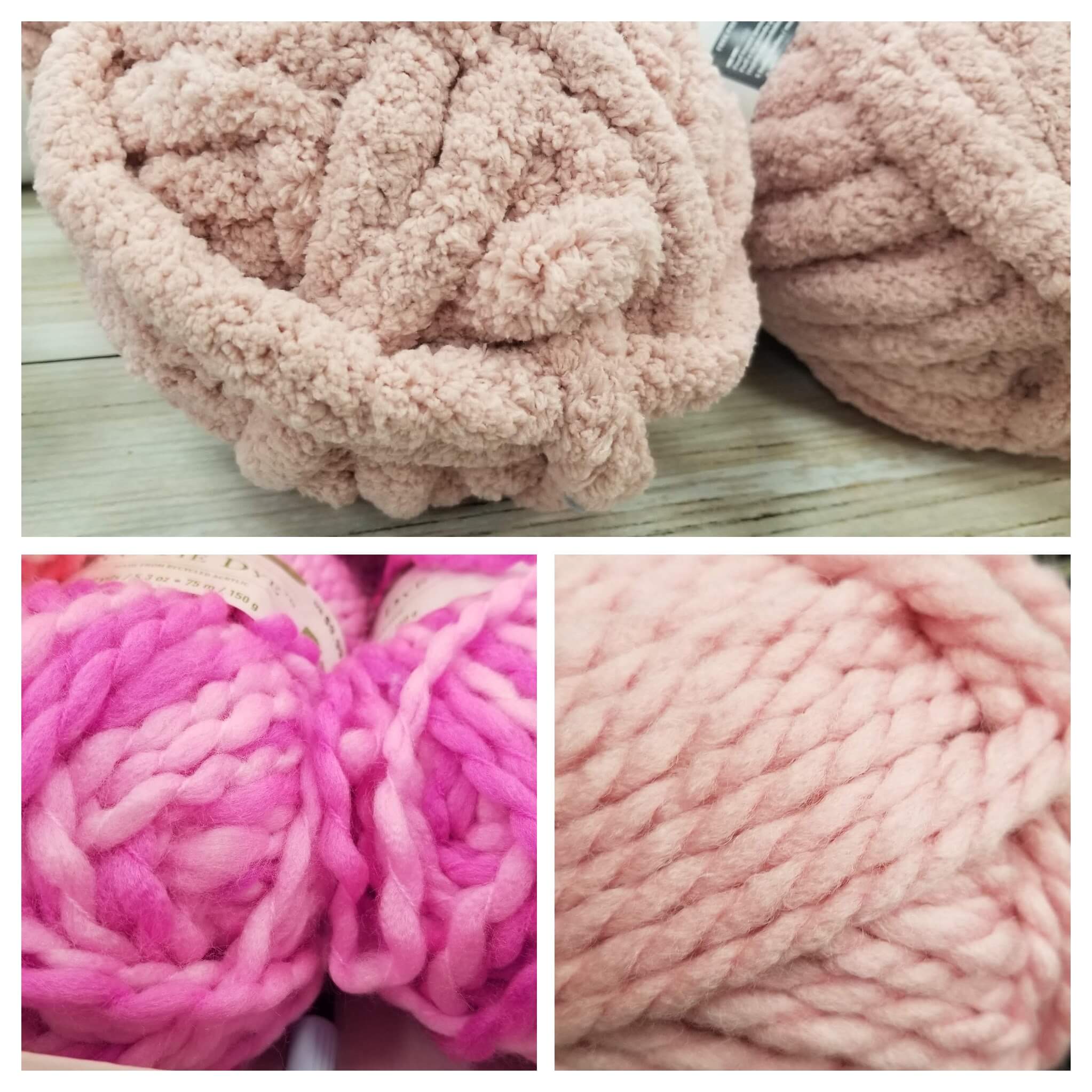 NOT Beginner Crochet Yarn
NOT Beginner Crochet YarnCrochet Hooks
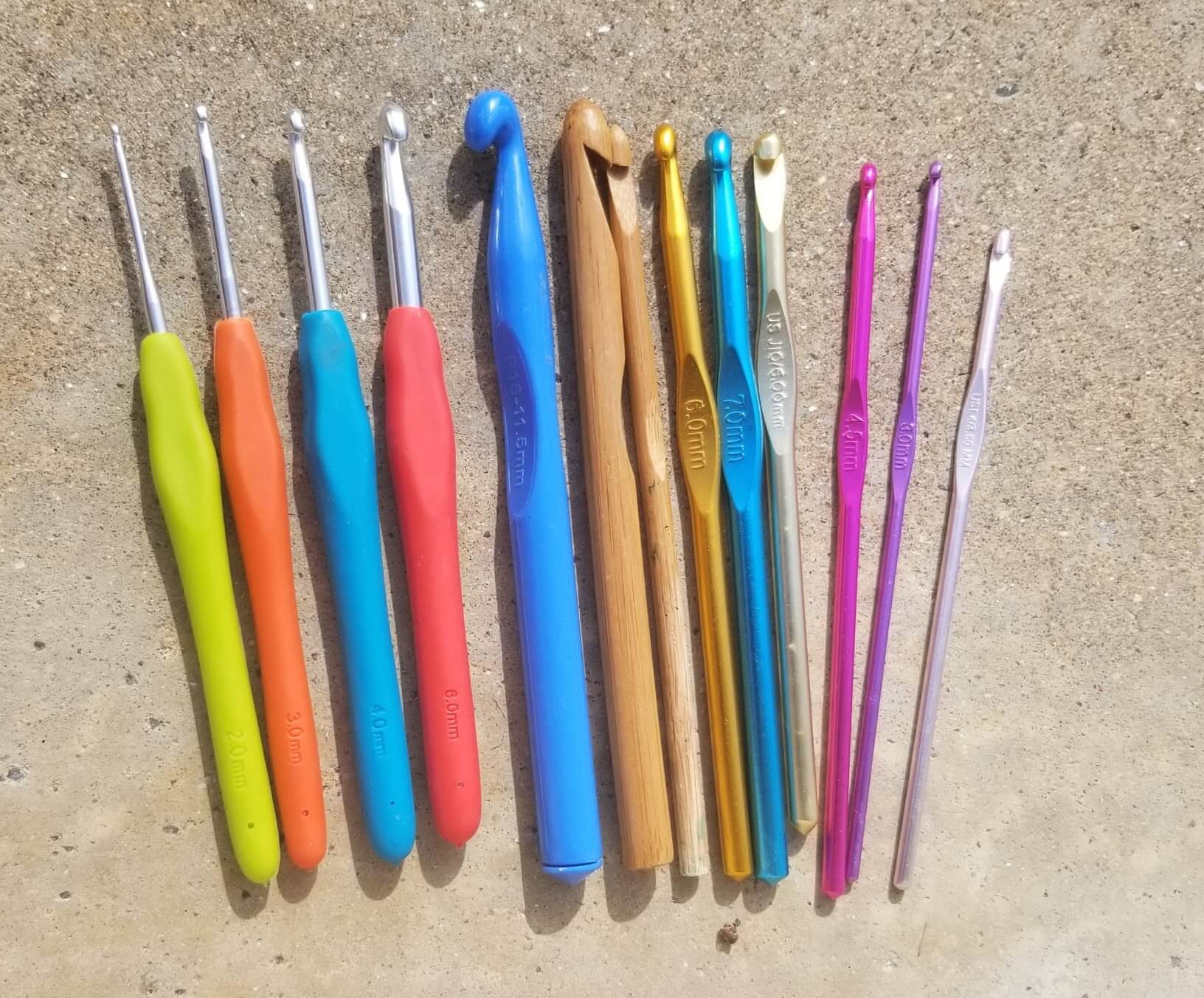 Crochet Hooks
Crochet HooksHooks come in different sizes and materials. Very small hooks used with thread are usually made of steel.
Larger ones are more commonly made of aluminum. Sometimes a handle is added to the hook to make it easier to hold.
However, these ergonomic handles tire my hand faster and hurt, but many people report that it works well for them.
The best thing to do when choosing hooks is to try them out. See what works well for you.
The size of the selected yarn determines the hook size. Yarn labels will indicate a recommended hook size. Start with the recommended size.
Later, when you get into making your crochet item from patterns, you may need a smaller or a larger needle depending on how tight or loose you crochet. Changing the hook size will help you match the stitch size of pattern designers. This whole process is called gauge.
Darning Needle
A darning needle is used to weave in the ends. There will be yarn end at the start and the end of the project, plus anywhere you join in new yarn.
Scissors
 Scissors
ScissorsScissors are used to cut the yarn at the end of the project or to introduce new yarn into your work.
Stitch Markers
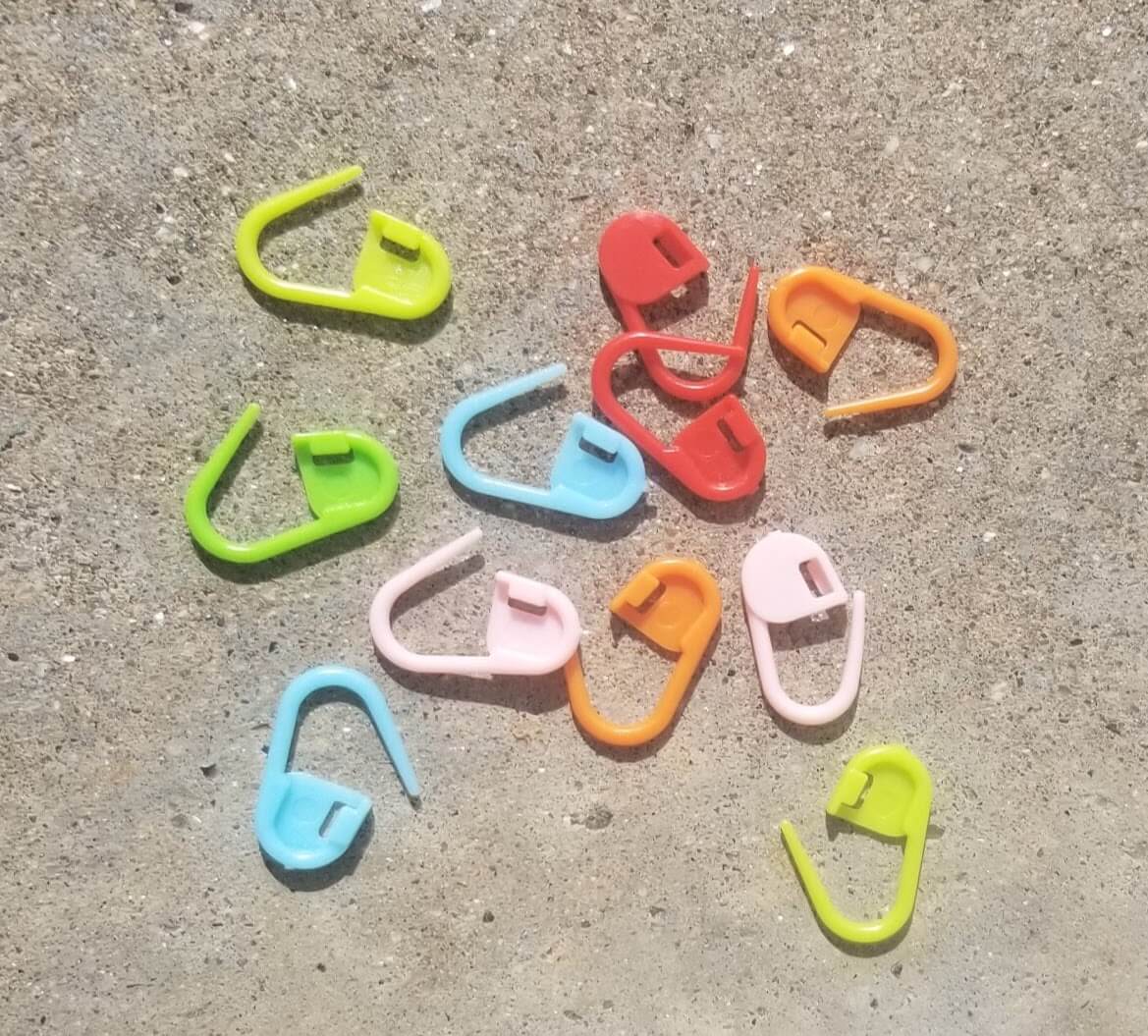 Crochet Stitch Markers
Crochet Stitch MarkersStitch markers are invaluable tool for crochet for beginners. However, you don’t need to buy this at the start because you can use safety pins or different colored yarn.
When you buy stitch markers, look for crochet stitch markers rather than knitting stitch markers.
Crochet stitch markers can open or close so that they can be removed when placed around a stitch.
Measuring Tape or Ruler
 Measuring Tape and Ruler
Measuring Tape and RulerA measuring tape is valuable for measuring your work. For example, if you are making a top-down hat, you need to know when to stop increasing. Measuring will give you this information.
Pins
 No rust Pins
No rust PinsPins are used when you block your finished work. They need to be pins that will not rust when they get wet because blocking fabric involves using water or steam.
Row Counter
A row counter is nice, but you can easily keep track of your rows with pen and paper.
Crochet for Beginners crochet basics
There are six main types of Basic Crochet Stitches.
- Chain (ch) How to chain video
- Slip stitch (sl st)
- Single crochet (sc) (called double crochet in the UK)
- Half Double Crochet (hdc) (called half treble stitch in the UK)
- Double Crochet (dc) (called treble stitch in the UK)
- Treble Crochet (called double treble in the UK)
Crochet always starts with chains unless you are crocheting into fabric to perhaps make a decorative edging. Learn how to chain first, then build on it.
You can make crochet fabric once you know how to chain and make one other stitch from (single, half, double or treble crochet).
Crochet Abbreviations and terms
Crochet uses abbreviations to make written patterns more concise. The terms tell you what to do. Find a comprehensive list of abbreviations and terms from the Crochet Yarn Council.
Joining new yarn
Often, there will be a knot in the ball of yarn, or you may want to change colors for your design. Knowing how to introduce new yarn is essential. Do not make a knot.
Instead, pull up the final loop of the stitch with the new yarn. Then, either crochet over the end of the previous yarn or weave it in your work later.
Only crochet over the end if it will not show. Sometimes the yarn may be light-colored, and the woven-over end will show. Other times, the pattern may have gaps that show the yarn being woven over. In these two cases, choose to weave in the ends.
Increasing/Decreasing
Increasing and decreasing is an important crochet skill to make a hat or garment. When you increase, more stitches are added than in the previous row. To do this, it is necessary to add more than 1 stitch in a previous row stitch.
Decreasing reduces the number of stitches by working two stitches together to form one.
Increasing and decreasing shapes the fabric.
Finishing off ends
There will be at least 2 ends and possibly more, which will need to be hidden in the fabric. Use a darning needle threaded with the yarn to hide the ends between the stitches. It should be unnoticeable.
Finishing Edges
Sometimes edges of the fabric are not perfectly aligned. Adding an edge helps to hide the imperfection.
Adding a final row of slip stitch or single crochet around the edge of a hat gives the edge some bulk and makes it look more finished.
Blanket edges can be finished with shells, single crochet, half double crochets, backward double crochet called the crab stitch, or any other pattern that you find suitable.
Common pattern stitches
All crochet stitches are derived from the basic stitches. For example, the shell stitch is worked with several double crochets into one stitch.
A cluster is worked by partially working several double crochets, then pulling through the final loops all at once.
All of these variations of the basic stitches make interesting-looking crochet fabric.
See more crochet stitches here.
Things to crochet for beginners
Crochet for beginners should be easy and quick to complete. Please dont tackle a blanket as your first project. Get some practice with smaller items first. These items are ideal for beginners.
Wash Rag
Dish Towels
Pot holders
Headband
